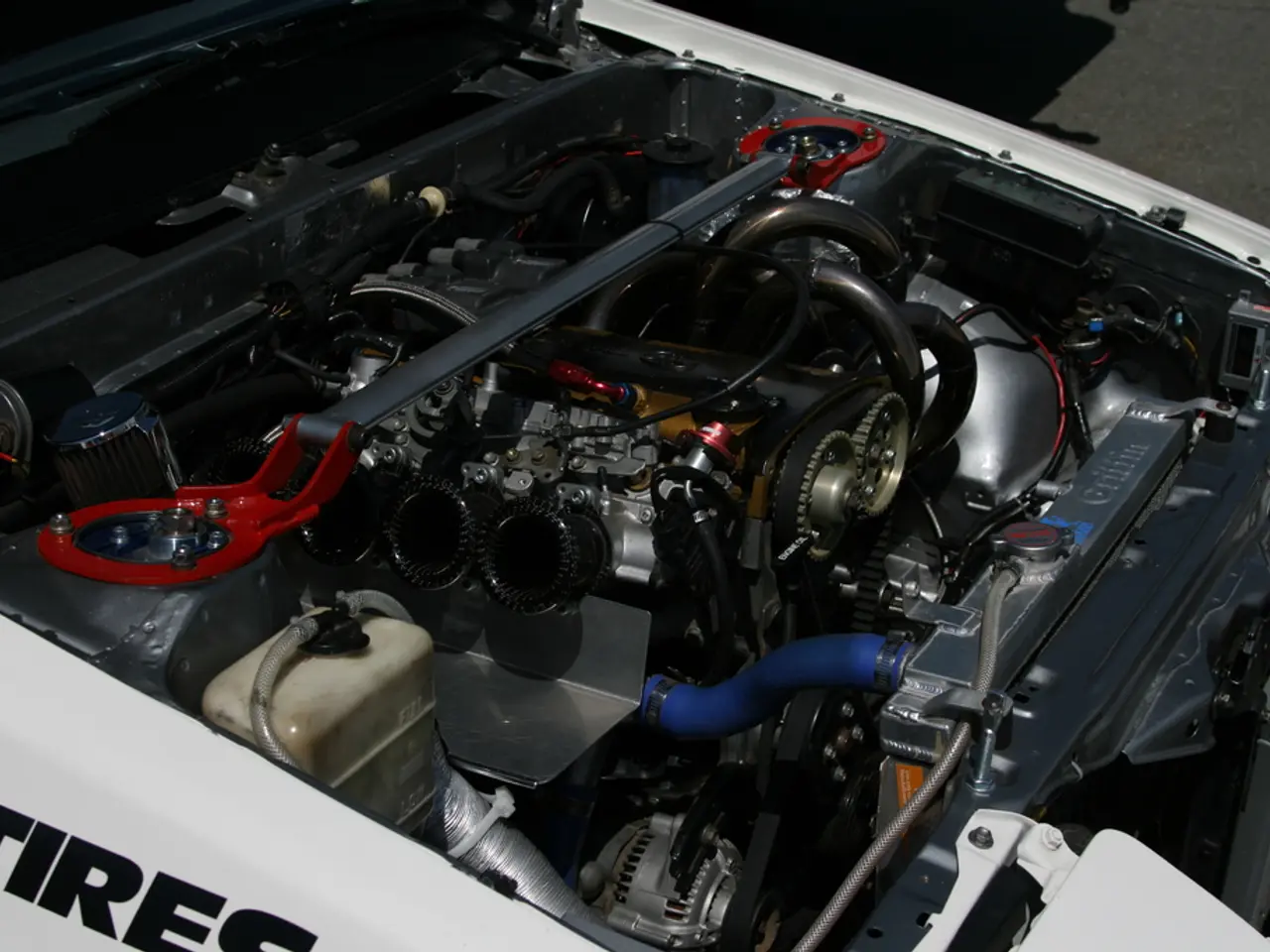Ion Storage and Self-Repairing All-Solid-State Battery Technology
In a groundbreaking development, researchers from the University of Western Ontario have made significant strides in the design of cathodes for all-solid-state batteries (SSBs). Their findings, published in the June 25, 2025 edition of Nature, pave the way for cathodes that can simultaneously maximize energy storage, sustain high-rate operations, and resist mechanical degradation.
The material under test, a mix of lithium chloride and two different formulations of iron chloride, exhibited a self-healing property, effectively mitigating crack formation and eliminating voids present in the LiFeCl electrode. This self-healing ability could be a game-changer for SSBs, as it addresses one of the key challenges in solid-state batteries: maintaining performance over long cycles.
The material's properties changed, creating different phases during the full cycle, which may have contributed to its self-healing ability. The researchers found that the material's conductivity could be improved by mixing in some conductive carbon (about 2% by weight). With this addition, the cathode material attained an initial electrode energy density of 529.3 Wh/kg, surpassing the performance of many existing cathodes.
Integration with a nickel-rich layered oxide further increased the energy density to 725.6 Wh/kg. This high energy density is a significant improvement over current lithium-ion batteries and promises improvements in range, charging time, and safety for SSBs.
However, the manufacturing of Li-Fe-Cl cathodes for all-solid-state batteries is still challenged by ion conductivity limitations, interface stability, dendrite mitigation, and cost-effective scale-up. Ongoing R&D aims to overcome these hurdles to enable wider commercial adoption in the coming years.
The lithium-iron-chloride halide cathode material may help realize the potential for high energy density and economic viability in solid-state batteries. Its composition of readily available elements allows lithium ions to move freely and find storage sites, making it a potential solution for advanced cathode designs in SSBs.
Solid-state batteries have high operating temperature limits and excellent fast-charging performance. As research continues to improve their efficiency and reduce their costs, they could become the next generation of batteries for electric vehicles and other energy storage applications.
[1] Jiamin Fu, Changhong Wang, Shuo Wang, et al., "Lithium-Iron-Chloride Halide Cathode Materials for All-Solid-State Batteries," Nature, 2025.
[2] "Advancements and Challenges in Solid-State Batteries," Journal of Power Sources, 2024.
- The discovery of the lithium-iron-chloride halide cathode material, with its capability for high energy density and economic viability, can be considered a significant stride in the realm of science, opening new possibilities for the design of cathodes in all-solid-state batteries (SSBs).
- As solid-state batteries show promise in terms of high operating temperature limits, excellent fast-charging performance, and potential for becoming the next generation of batteries, the growth of science and technology in this area could revolutionize the future of electric vehicles and other energy storage applications.




